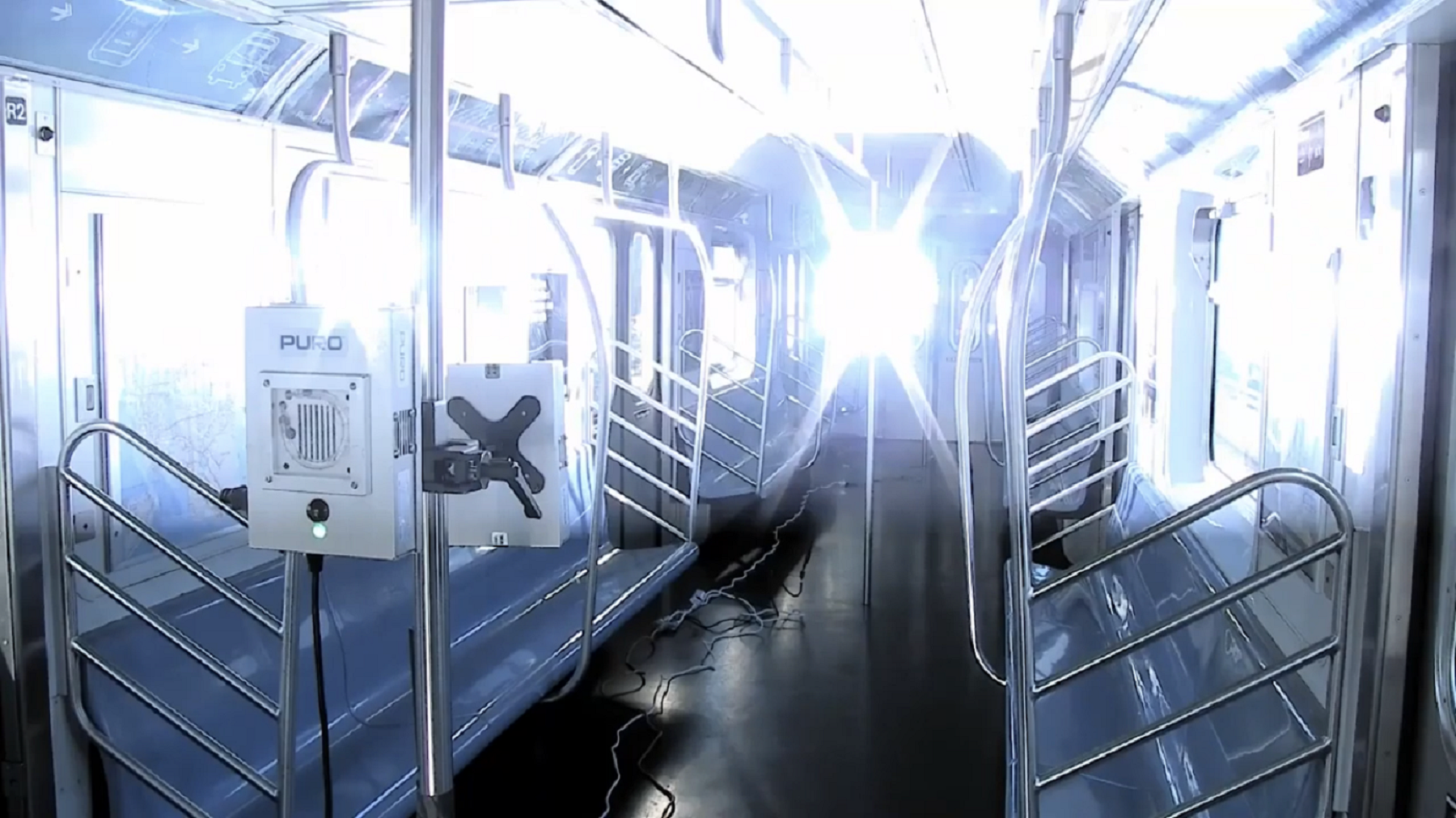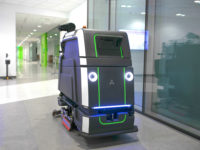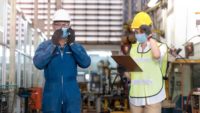There is no crunch time quite like the holiday peak season. This is when lots of folks do most of their shopping and it’s a hectic time for many industries.
Workplaces involving heavy objects and moving vehicles get riskier as colder weather sets in, but they do not have to become dangerous. Here are a few focus areas to target so you can send your people home safely every day.
1. Properly prepare temporary workers
One of the most critical things construction site and manufacturing plant managers can do during the holiday season is ensure temporary workers are as prepared as possible. That means providing the same thoroughness of training any new hire would expect and working to cultivate the same level of buy-in as longer-term employees.
There are a few ways to ensure adequate training and emotional investment for temporary workers:
- Try the buddy system: Temporary workers with a partner can ask more questions and have someone they can check in with.
- Use positive reinforcement: Communicate about what is going well when you see conscientious employees working safely.
- Invest in new methods: Virtual reality (VR) delivers interesting training opportunities across engineering, construction and manufacturing disciplines. Investing in next-generation tech could make the onboarding process safer by preparing them for work using highly realistic VR environments emphasizing proper techniques.
2. Observe and document the facility’s unique safety risks
Although sectors associated with heavy engineering and construction — or simply moving heavy objects — tend to share certain risks, every environment is unique. Probably the most crucial thing decision-makers can do is fully observe, document, understand and communicate about your facility’s specific safety risks.
When the Occupational Safety and Health Administration (OSHA) inspects manufacturing and construction businesses, they tend to focus on 13 core areas — the “Scary 13,” as they are sometimes called. If there is one essential safety tip to take with you, it is to compare your facility’s unique risk profile against OSHA’s enforceable priority areas. They include the following:
- An always up-to-date report of all chemicals used on the premises
- Training records for all electrical safety practices
- Training records for using personal protective equipment
- Training protocols for employees concerning hazard communication
- Plans and records for annual respirator training
- Processes for annual forklift and heavy-equipment recertification
- Certification training and record keeping for working in confined spaces
3. Create more touchpoint opportunities
During any time of year, you, your engineers, material-handling specialists, order-pickers and assemblers will come to rely on morning or afternoon team startups. These give the group a chance to compare notes, prepare one another for what is ahead and bring pain points to managers' attention.
Consider increasing the frequency of touchpoints during the holiday season. Look for ways to have smaller, more informal, even one-on-one meetings. These give observant and safety-minded individuals opportunities to raise their concerns in a safe space. It’s also a way for managers to call out positive behaviors and find places for growth. Maybe most importantly, it can be a morale tool — employees work more safely and conscientiously when they feel humanized and heard.
4. Strictly enforce alcohol and drug policies
Working in construction and manufacturing settings carries certain risks, but workers shouldn’t expect an overtly dangerous workplace to greet them when their shift begins. Safety during the holidays is even more of a team-wide obligation than usual, given the expected amount of drinking and other types of celebrating going on.
Gentle reminders about zero-tolerance alcohol policies may be appropriate during the holidays. However, it may be necessary to test staff members if they appear to be under the influence.
5. Understand and communication about specific wintertime safety precautions
To keep your facility secure and your teams safe from harm, pay attention to the specific wintertime safety precautions required by your facility. You can categorize them into the following broad areas:
- Facility preparation: Preparing high-traffic areas for slip-and-fall accidents (parking lots and concrete floors) and deploying temperature-control equipment as needed (on loading docks or in uninsulated annexes).
- Equipment readiness: Which additional engineering controls or maintenance tasks are required to ensure vehicles or machines keep running in the cold? Post notices about these and add them to startup checklists. Machine operators may require additional training on weatherization procedures.
- Employee health and wellness: Ensure employees are supported concerning their health. Encourage frequent hand-washing and getting adequate sleep and work breaks. Provide warm, healthful beverages and snacks in break areas.
Engage in work with grace and flexibility
Management and front-line workers are under more intense pressure during the winter and holiday seasons. Build flexibility into your work schedule and relax some of your hyper-vigilance about turnarounds in favor of safety and peace of mind. By all means, work quickly — but make yours a culture where safety comes before anything else.



